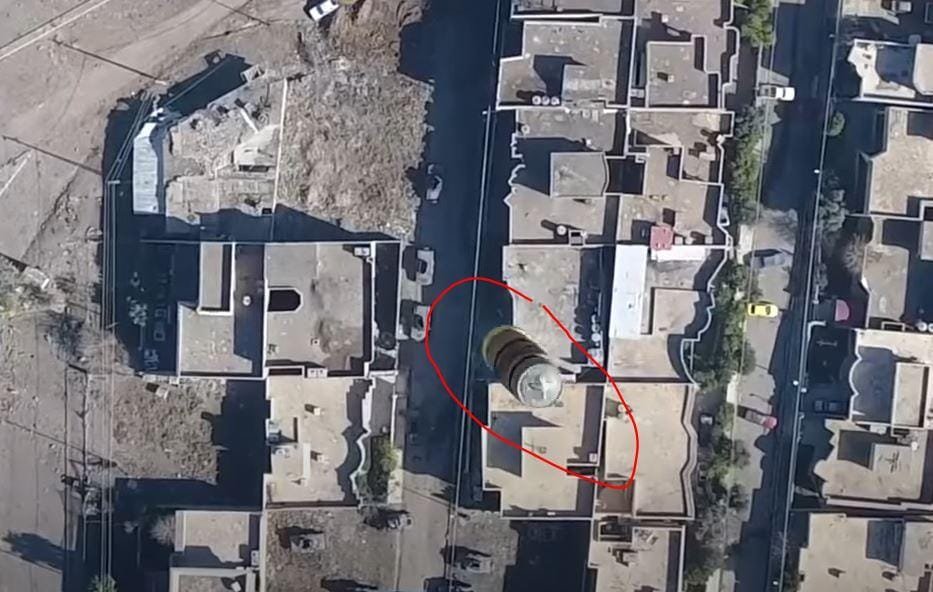
The availability of commercial drones, for drone attacks, with new off the shelf ‘package’ release technology should give us pause for thought.
This equipment has been far to easy to weaponize and needs to be regulated with effective controls immediately.
A lot of this new drone technology is truly awesome in the right hands, and has many practical uses.
A a risk manager I am deeply concerned about the lack of controls that are needed to reduce the risks from this technology.
Firstly, take a look at this video by ‘Newsy’. Its four years old and shows what ISIS are already doing with simple commercial drones.
Now Imagine:
Lets create a hypothetical, but realistic example. During one of these drone attacks, a swarm of thirty or forty drones, each with 10 one kilogram explosive devices and a high resolution live feed camera. They hover in a swarm high above a city, a large industrial complex or a piece of national critical infrastructure. The devices cause huge loss of life and damage to property, impacting far beyond their simple costs of a few thousand pounds each.
Take it one step further:
As the swarm pilot, I control the drones via a laptop from a long way away. I pass individual drones off to the ‘pilots,’ also based in another country. They control the final attacks via the web whilst I get the drones into the approximate location.
Its all highly efficient. As a simple technician, I unload the drones and make them ready out on a country road or disused location about five kilometres away from the incident site. I am long gone by the time the incident is underway.
And another step:
Once the incident starts, the response teams arrive, to find some of those devices are still loitering and dropping their deadly ordinance. How far out do you set a cordon when the drones can travel at up to 50 miles per hour?
Or perhaps, I make a ransom demand at the start of the attack, with a 1 hour time limit. Payment demanded in cryptocurrency immediately? Devices will continue to be dropped causing further damage as the minutes tick by? More drones are launched over time from different locations, increasing the duration of the attack.
Now does this all sound too far fetched? – or does it chill your bones?
Some might say that I am enabling ‘the enemy’ or giving them ideas. But have no doubt, this concept is already in the public domain and the technology is already in use.
Are any other risk or security managers losing sleep over this tech, the lack of import controls and even regulation?
In my opinion, the tech companies are creating awesome equipment, with many excellent legitimate uses.
However, this tech is open to being easily abused and risk managers defensive capabilities are limited. What do you think?
#DroneDefence
#DroneOffence
#Drones
#DroneAttack






